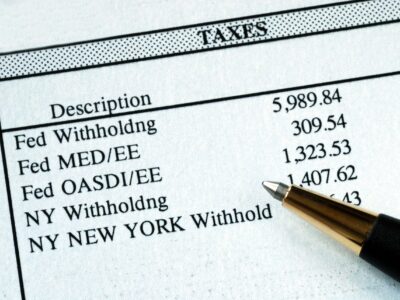Historical Cost Concept Definition and Examples

Many companies trade in retained earnings older work vehicles for new ones on a regular basis. In this case, the company would record the cost of the new vehicle as the amount paid in cash plus the cash value of the trade-in vehicle. At the time of acquisition, the machine’s original cost was $100,000. Based on your business experience, you know that this machine can only work for the next ten years, and its value will be nil. So, initially, your fixed asset will get debited (increased by $100,000, and cash will get credited by $100,000. Tom remembers that there is another store which is like a 30-minutes away from this one and it was selling the same video game for $80.
- In this case, the company would record the cost of the new vehicle as the amount paid in cash plus the cash value of the trade-in vehicle.
- However, the cost principle does have some shortcomings that may result in even small businesses being undervalued.
- It provides a reliable and objective basis for accounting and helps ensure that financial statements are consistent and comparable over time.
- In general, the drawbacks of cost accounting are more significant for larger companies than for small businesses.
- Go a level deeper with us and investigate the potential impacts of climate change on investments like your retirement account.
- This accounting treatment is also less affected by accounting assumptions.
- According to the cost benefit principle, tom should only go to the second store only if the cost of the two-way journey is less than $20.
Historical Cost Adjustments
These costs may include freight and installation fees, for example. To appreciate the cost principle’s depth, consider its alignment with other accounting principles like the monetary unit assumption. This assumption supports the recording of financial transactions in stable, unchanging currency units, facilitating comparability and financial integrity. The simultaneous application of the cost principle cost principle and monetary unit assumption ensures that financial statements are both objective and immune to inflationary effects. Its reliability lies in providing a grounded basis for financial reporting, upon which companies can build further narratives about market dynamics.

Accrual Basis in Accounting: Definition, Example, Explanation
The historical cost principle is a trade off between reliability and usefulness. Knowing that a company purchased a piece of land in 1950 for $10,000 does not really tell financial statement users how much the land is currently worth. In accordance with the accounting principle of conservatism, Assets recorded at https://www.bookstime.com/articles/how-to-scale-a-business historical cost must be adjusted to account for the wear and tear through their usage.. For fixed and long-term assets, a depreciation expense is used to reduce the value of the assets over their useful life. Business owners with no accounting background can use cost principles to achieve accuracy, consistency, and simplicity in their books.
- The argument for using historical costs is that accounting is concerned with past transactions and that the information and reports that accounting generates need to be consistent and comparable.
- One of the most common alternative principles is the fair value principle, which requires businesses to value their assets and liabilities based on their current market value rather than their original cost.
- Historical cost basis of accounting fails to account for the true economic cost of using assets.
- The cost on the balance sheet remains at the original price of $15,000.
Adjustments Aren’t Necessary
Businesses can also make budgeting decisions based on historical purchases and long-term trends in price. This helps them make decisions about whether to buy equipment new or secondhand based on how the value of that equipment is likely to change in the future. Generally Accepted Accounting Principles (GAAP) and considered a more conservative (and potentially more accurate) way to value large assets.

This concept focuses on objectivity and reliability in financial reporting, as the historical cost is verifiable and less subject to estimation. Historical cost meaning follows the conservative accounting concept and necessitates some modifications over time. Given the wear and tear expenses involved with long-term assets due to their use, the original price of those assets is recognized as depreciation expense.

